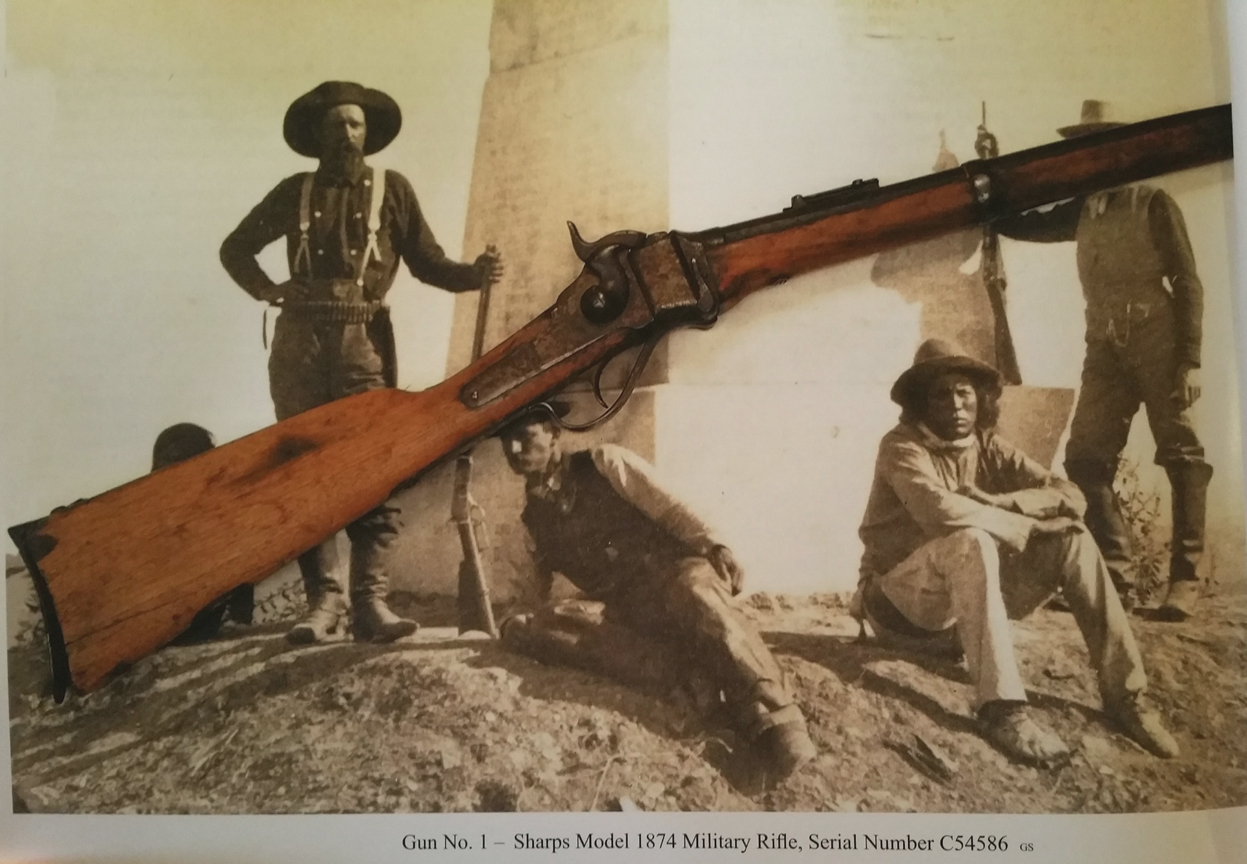


Sharps carbine serial numbers serial numbers#
Overall: 38 1/2 in x 2 5/8 in 97.79 cm x 6. SHARPS RIFLE MANUFG.CO HARTFORD CONN Clear serial number is marked on the receiver tang and underside of the barrel-87533 There were approximately 60,000 of this model made, serial numbers 71235 to 99999, and then second series C1 to C49528. United States: Virginia Physical Description Serial numbers for the New Model 1863 generally run from 75,000 to 140,000, with some overlap with other models.

Brown was found guilty of murder, treason, and inciting slave insurrection. Lee and his troops overran the raiders and captured John Brown. On October 16, 1859, Brown led his group to Harpers Ferry where he took over the arsenal and waited for the slaves to revolt. Brown would issue the pikes to the slaves as they revolted. He contracted with Charles Blair, a forge master in Collinsville, Connecticut, to make 950 pikes for a dollar a piece. John Brown had another plan to bring about an end to slavery, a slave uprising. Kansas would not become a state until 1861, after the Confederate states seceded. Lower Retailer marked Barrel Serial number 157084, 40 Sharps Caliber (40 Caliber was the most accurate and was used by a majority of competitive shooters of that era. Soon the Sharps rifles sent to Kansas were referred to as “Beecher’s Bibles.” In 1856, after abolitionists were attacked in Lawrence, John Brown led a raid on scattered cabins along the Pottawatomie Creek, killing five people. Sharps rifles are a series of large-bore single-shot rifles, beginning with a design by Christian Sharps in 1848, and ceasing production in 1881. The guns were packed in crates labeled "Bibles" so they would not arouse suspicion. Rifles, said Beecher, are “a greater moral agency than the Bible” in the fight against slavery. Henry Ward Beecher raised money to purchase Sharps rifles for use by antislavery forces in Kansas. The fight in Kansas was so intense that the state earned the nickname of “Bleeding Kansas.” As Missouri pro-slavery “Ruffians” flocked to Kansas, New England abolitionists bankrolled “Free-Soilers” to move to the settlement of Lawrence, Kansas. The Kansas-Nebraska Act of 1854 allowed the two states to decide the issue of slavery by a popular ballot. By the mid-1800s, Brown was fulfilling his vow. This Sharps carbine.52 caliber, was confiscated following John Brown’s raid at Harpers Ferry.Īs a boy of five, John Brown witnessed a slave his own age being beaten with a fire shovel.


 0 kommentar(er)
0 kommentar(er)
